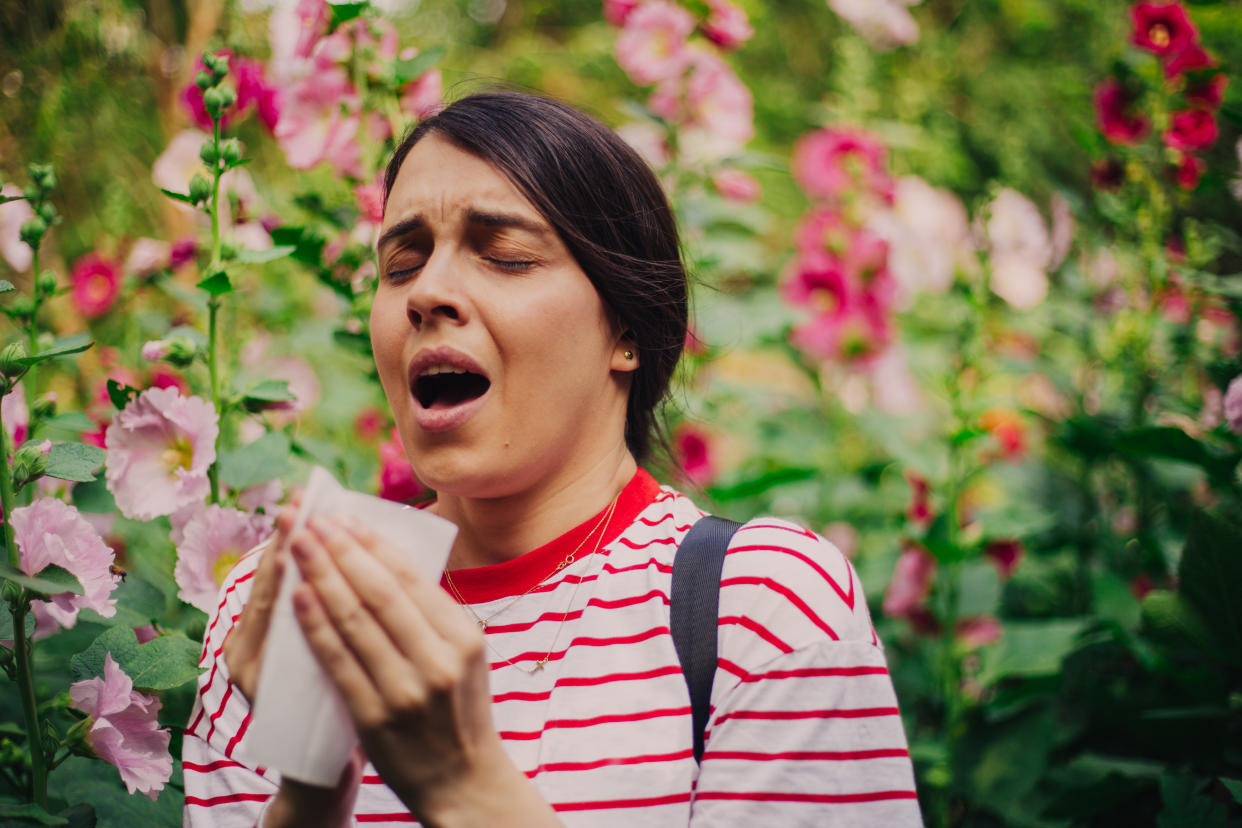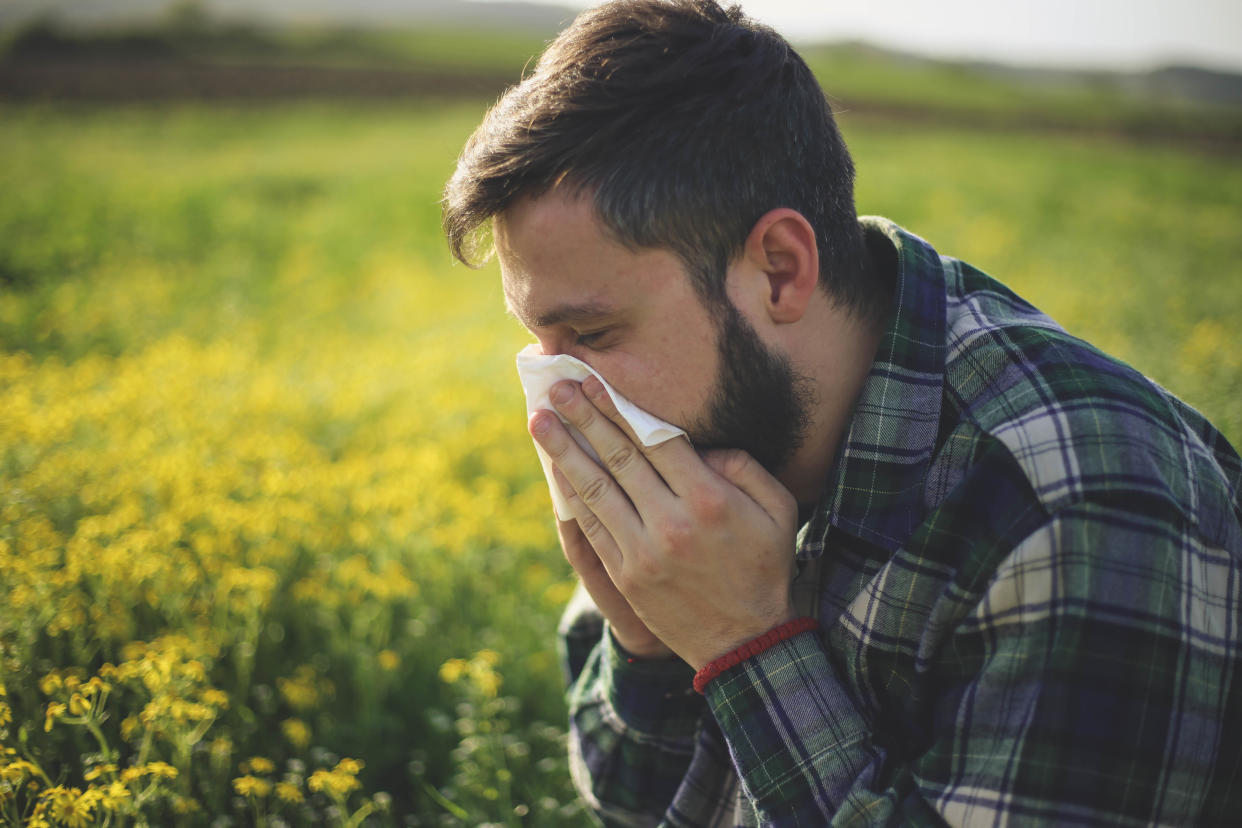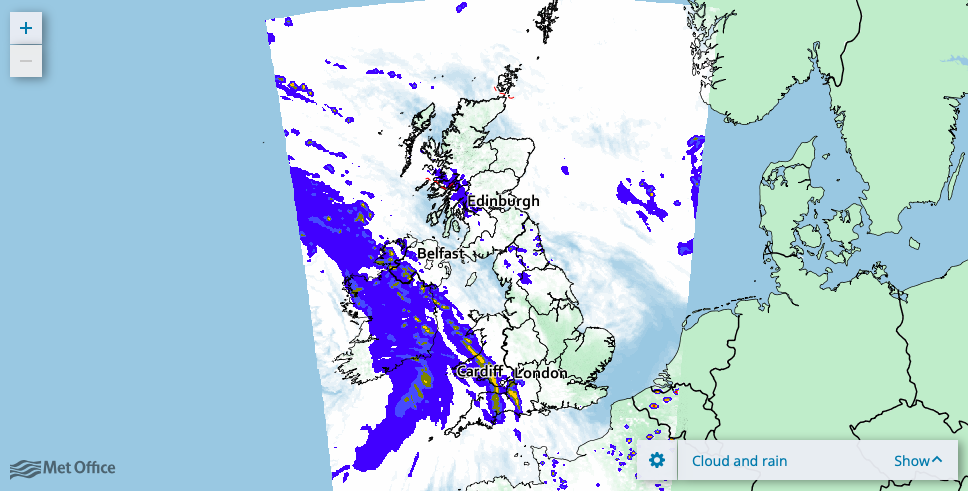What is 'thunder fever'? Allergy sufferers warned over unseasonal winds

Hay fever sufferers are being warned that the remnants of Storm Alex will cause a worsening of symptoms known as ‘thunder fever’.
The UK will face “unseasonably” strong winds later this week, with forecasters warning of 45mph gusts as the remnants of the tropical storm lash the country.
Storm Alex caused disruption across Florida, producing heavy rainfall over the weekend in several regions, including Miami, which reportedly experienced 5.24in of rain.
Thundery downpours from the remnants of Storm Alex are also set to sweep across Britain – and it is these conditions that will create thunder fever, heaping misery on millions of people suffering annual seasonal sniffles.

What is thunder fever?
Thunder fever is an extreme form of hay fever – triggered when our immune systems overreact to pollen in the air.
Sufferers experience itchy noses, eyes and throats, while bouts of sneezing are a regular occurrence.
Most people experience mild symptoms but thunder fever may mean people suffer more intensely with regular hay fever woes.

How is it created?
Thunderstorms combined with high temperatures and a high pollen count in the middle of hayfever season help create the condition known as thunder fever.
The European Respiratory review outlines how humidity breaks pollen grains into smaller allergenic particles which form a ‘super pollen’.
This super pollen is more allergenic and therefore causes a more extreme reaction in hay fever sufferers.
Storms, much like the ones expected in Britain in the coming days, help wash these super pollen grains lower down – when they would normally rise above head height and therefore avoiding causing more severe reactions.
Airborne allergens expert Max Wiseberg told the Daily Star: “Storms bring pollen grains down which might have otherwise risen above head height out of harm’s way and whipping up pollen grains and fungal spores near the ground.”

Why is Storm Alex likely to cause thunder fever?
Thunderstorms are not unusual in Britain but they will combine with already very high pollen levels predicted on Thursday and over the weekend.
Grass pollen – which most hayfever sufferers are allergic to – peaks in England and Wales in the first two weeks of June, according to the Met Office.
What is the advice from experts?
A spokesperson from the Allergy UK charity said that worsening hay fever symptoms may lead to an increased risk of breathing difficulties or a tight chest.
As well as standard practices to alleviate hay fever symptoms – including showering and changing clothes when arriving home and keeping windows closed – sufferers are also advised to stay indoors during and after storms if possible.
Hay fever medication should continue to be taken even if symptoms don't get worse, while those who also suffer from asthma should be aware of signs of an impending attack.

What is the Storm Alex outlook?
From Thursday, weaker rain will move from west to east, with ex-tropical storm Alex bringing low pressure.
On Friday, winds will begin to strengthen across the UK, reaching speeds of up to 45mph, and some showers are to move into the western parts of the UK, particularly the north-west of the UK, which includes Northern Ireland, western Scotland and parts of northern England.
The ex-storm will largely lose its strength as it progresses into the weekend and that “it doesn’t have its regular tropical properties in terms of strength”.


